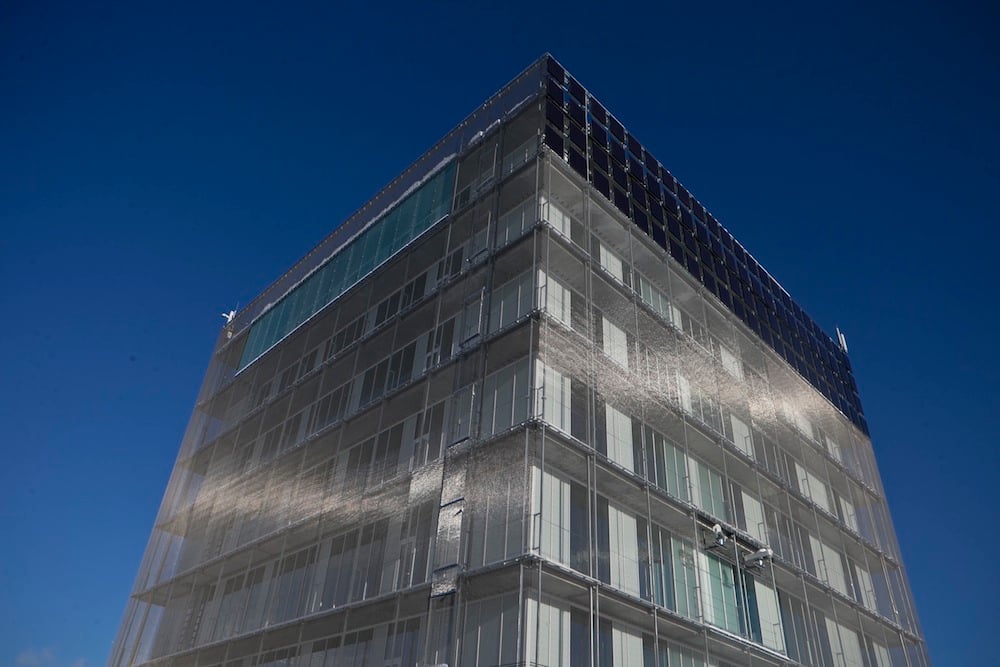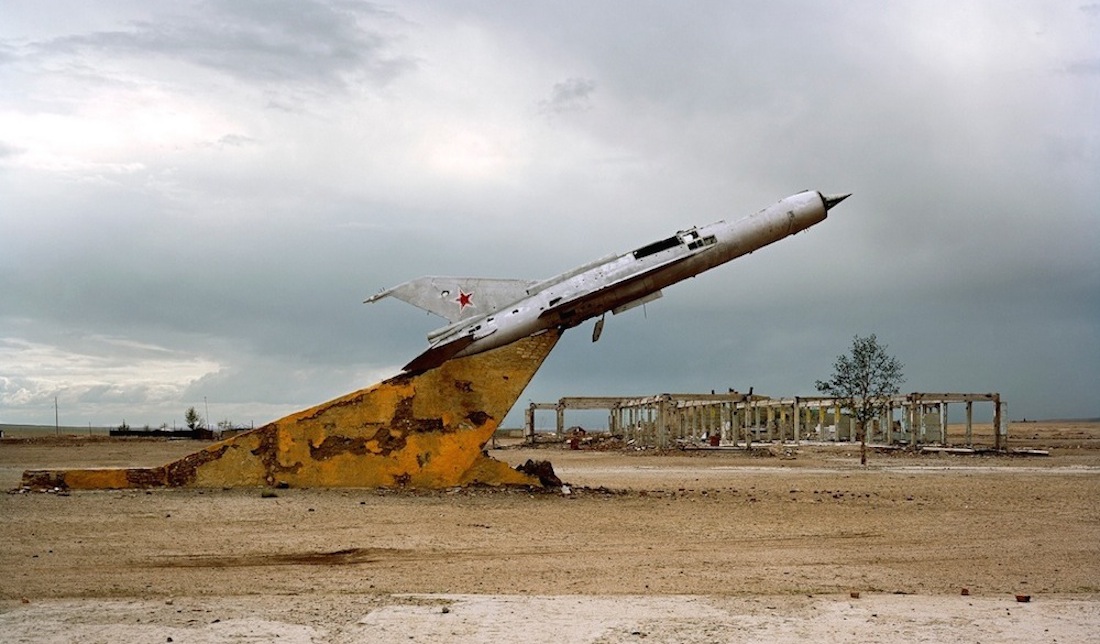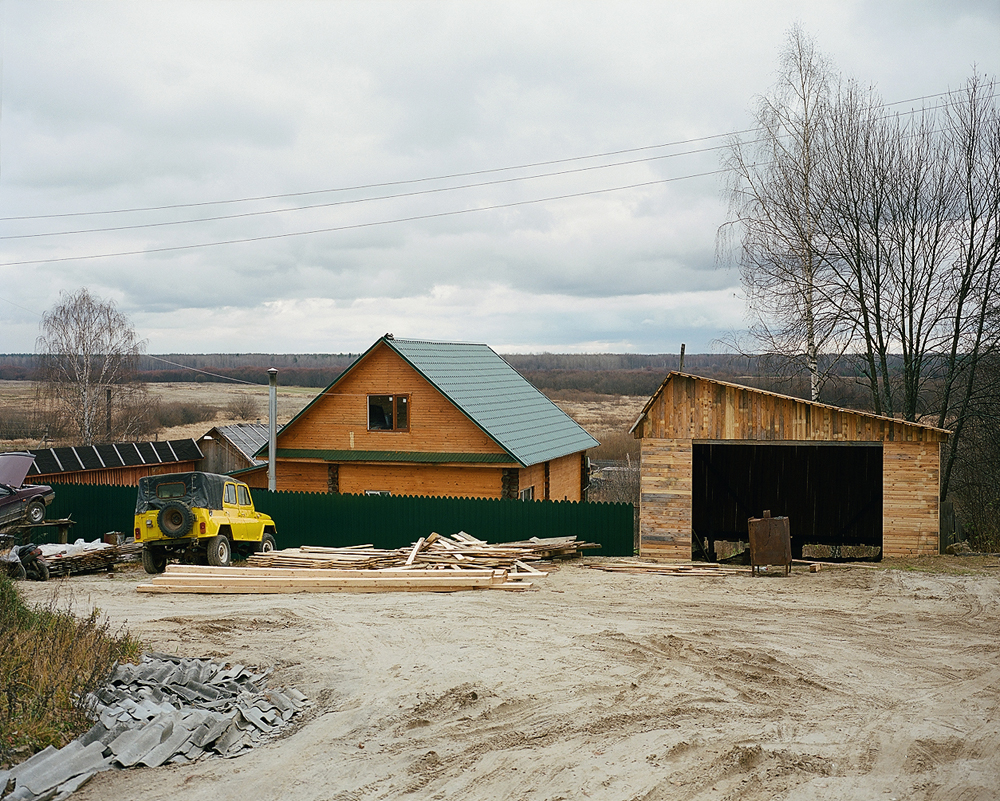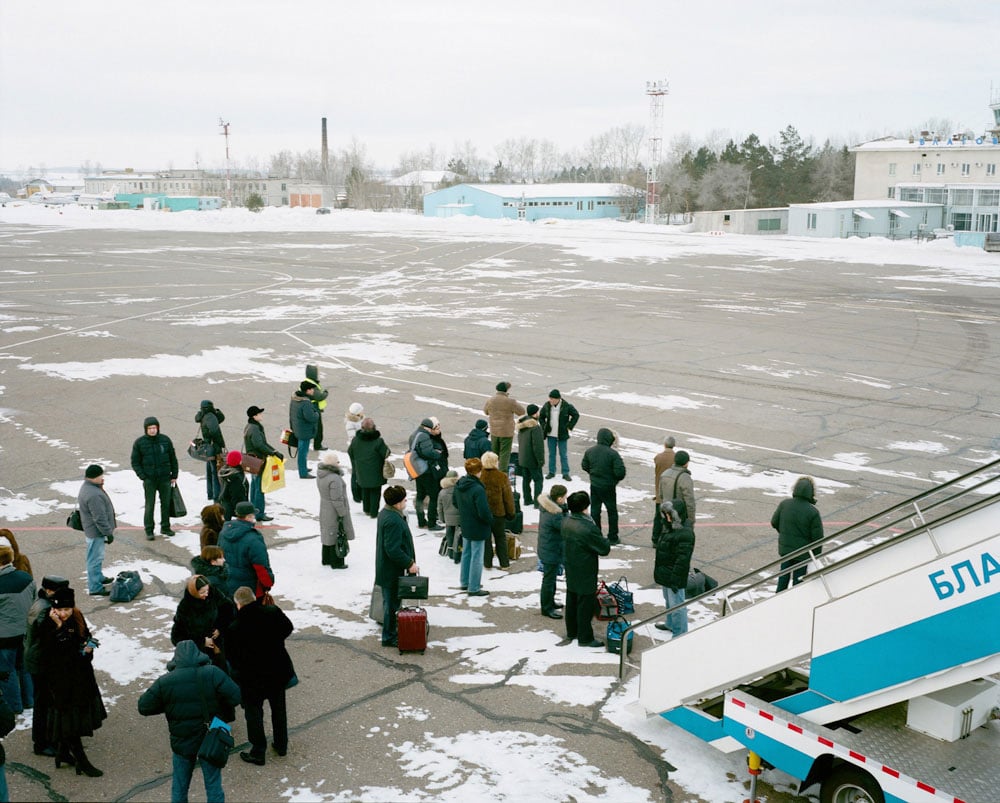Chemical compound: inside a Soviet science town
In the late 1950s, a need to modernise Russia emerged after the Stalin era. Modernisation was only meant to be technological and was mainly intended to serve defence; changing the political or economic system was not on the agenda. The easiest way was to create an isolated innovation compound.
The so-called “science towns” (akademgorodok) were built between the late 1950s and mid-1970s outside four Siberian cities as well as the Ukrainian capital, Kiev. The Akademgorodok pictured here, outside the Siberian city of Novosibirsk, came to be the most successful. It was dreamt up by Mikhail Lavrentyev, a prominent mathematician and hydrodynamicist and a close ally of the then-Soviet leader Nikita Khrushchev. Scientific institutions were to be placed close to one another, enabling research to be conducted at the intersection of different disciplines. Outstanding scientific achievements, including one of the world's first sub-atomic colliders (designed and built here in 1963 by a group of Russian physicists led by Gersh Budker) made Akademgorodok world-famous and even raised it to the rank of a Soviet myth.
As for the design and planning, the idea was simple: to quickly and cheaply build research facilities and standardised housing amid wild pine and birch forest 30km south of Novosibirsk. The quality of construction was rather low, so Akademgorodok looks almost identical to other Soviet-built areas of the time and, in some places, is reminiscent of a typically Soviet promzona, or derelict industrial area. But there is something symbolic or even charming to it, too: after all, great scientific strides were being made here in what was a spartan environment.
Isolated, forward-thinking communities have been around in Russia for quite some time. There were the foreign compounds in Russian towns from the 16th- to the 18th-centuries, the foreign industrial concessions in the 1920s to 1930s, and the secret research and development laboratories for convicted scientists (sharashka) in the Gulag system under Stalin. The science towns followed in this tradition, as does Moscow’s Skolkovo project today, where, instead of modernising the whole country's political system and economy, the authorities have created another isolated hi-tech compound. Russia's history is characterised by a continuous striving for technological modernisation without political modernisation. This is one reason why it has been thrashing about between antiquity and utopia, repression and thaw — always three steps forward, two steps back.
3 October 2014
Image and Text
Max Sher



